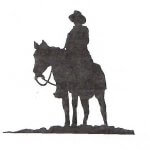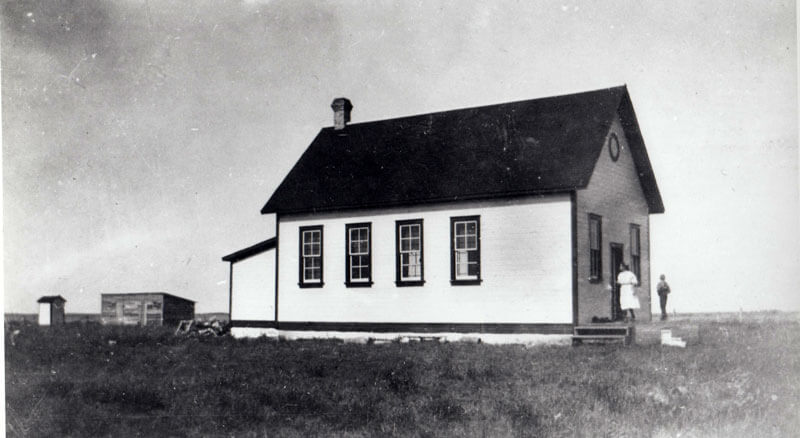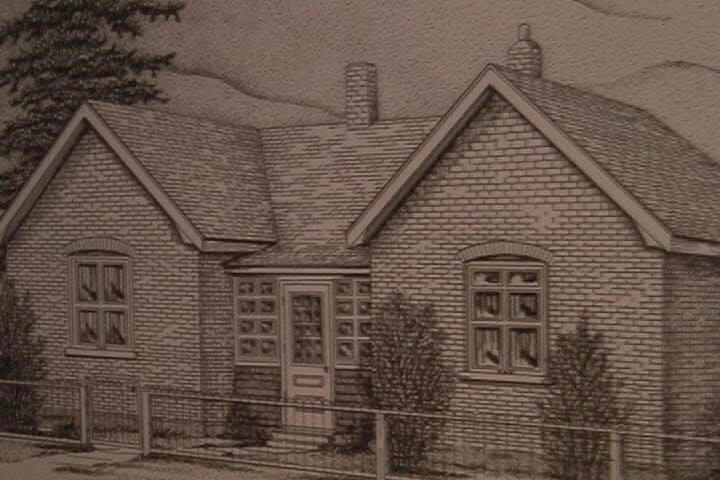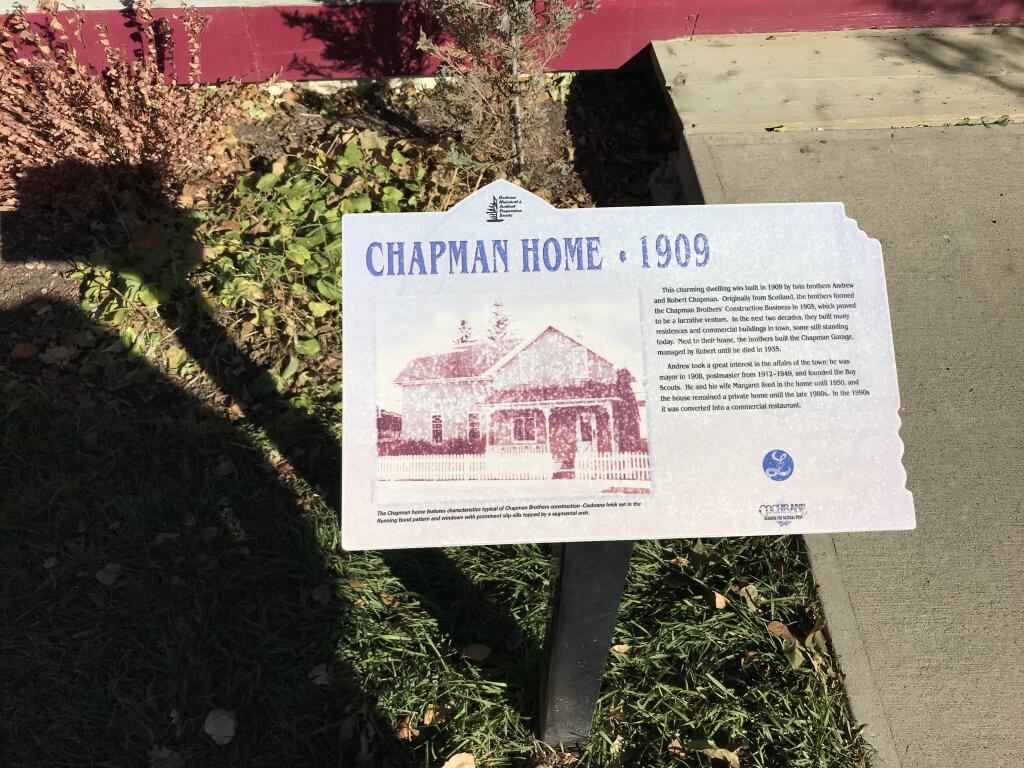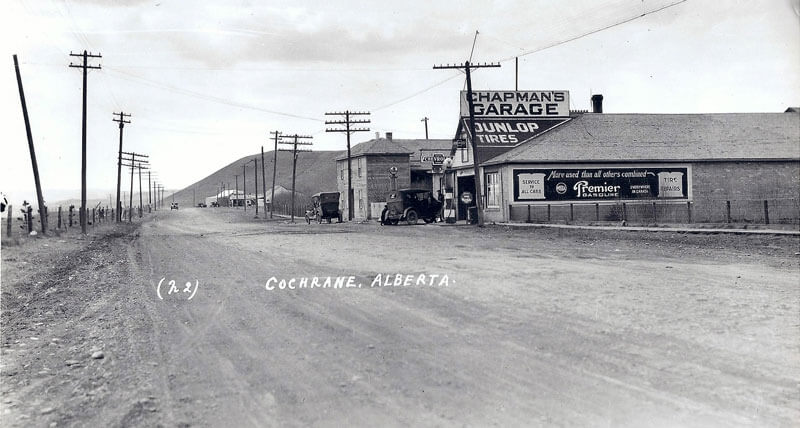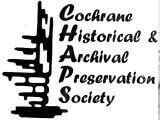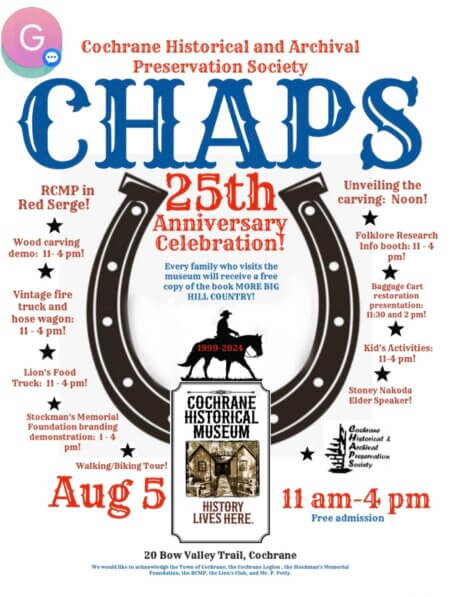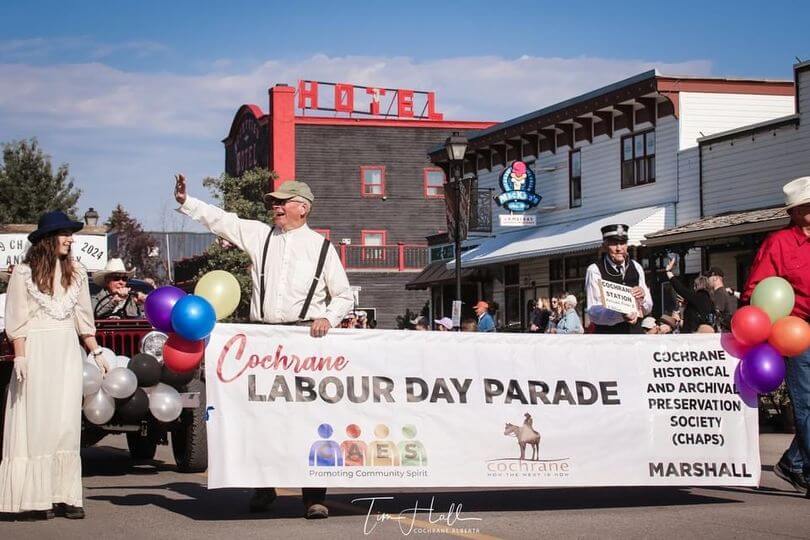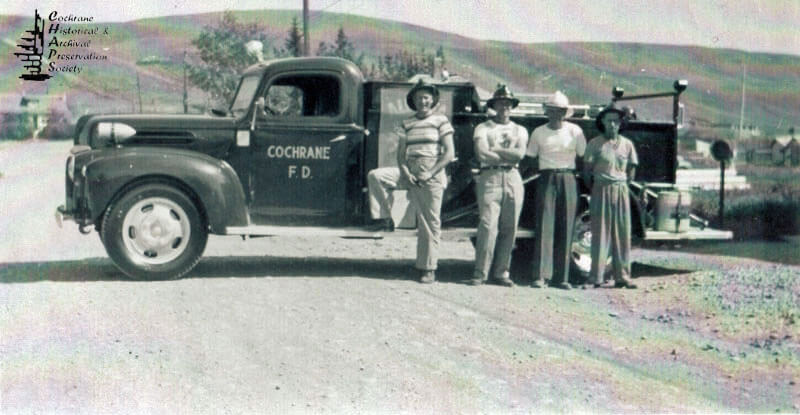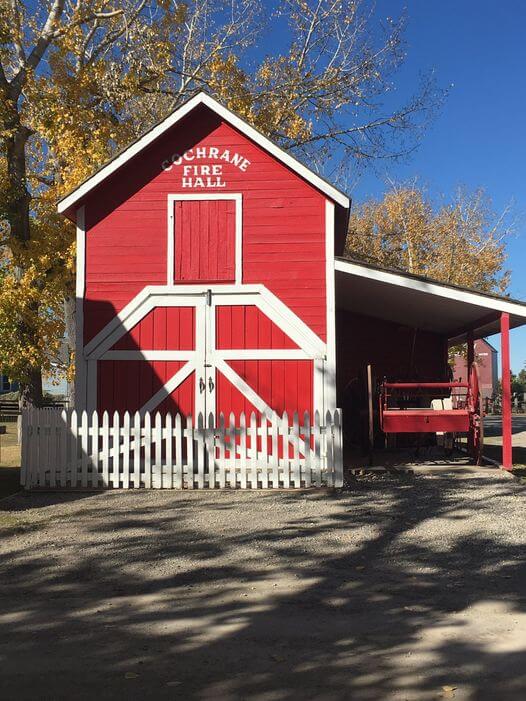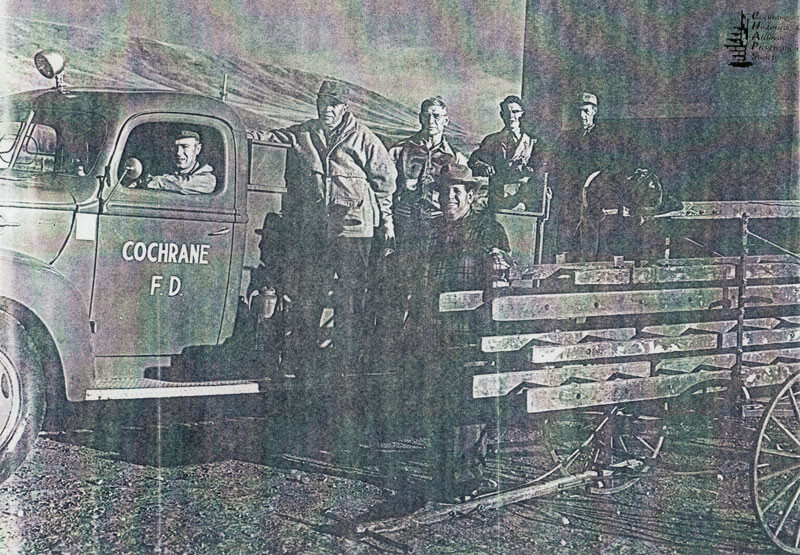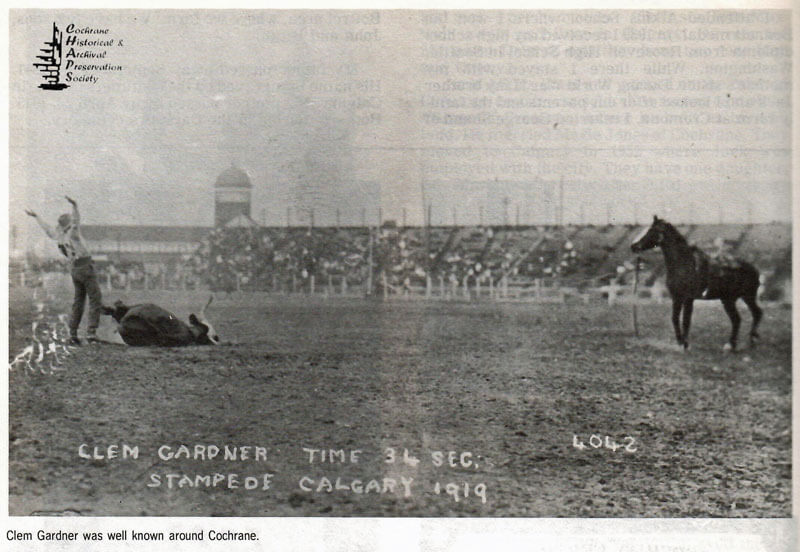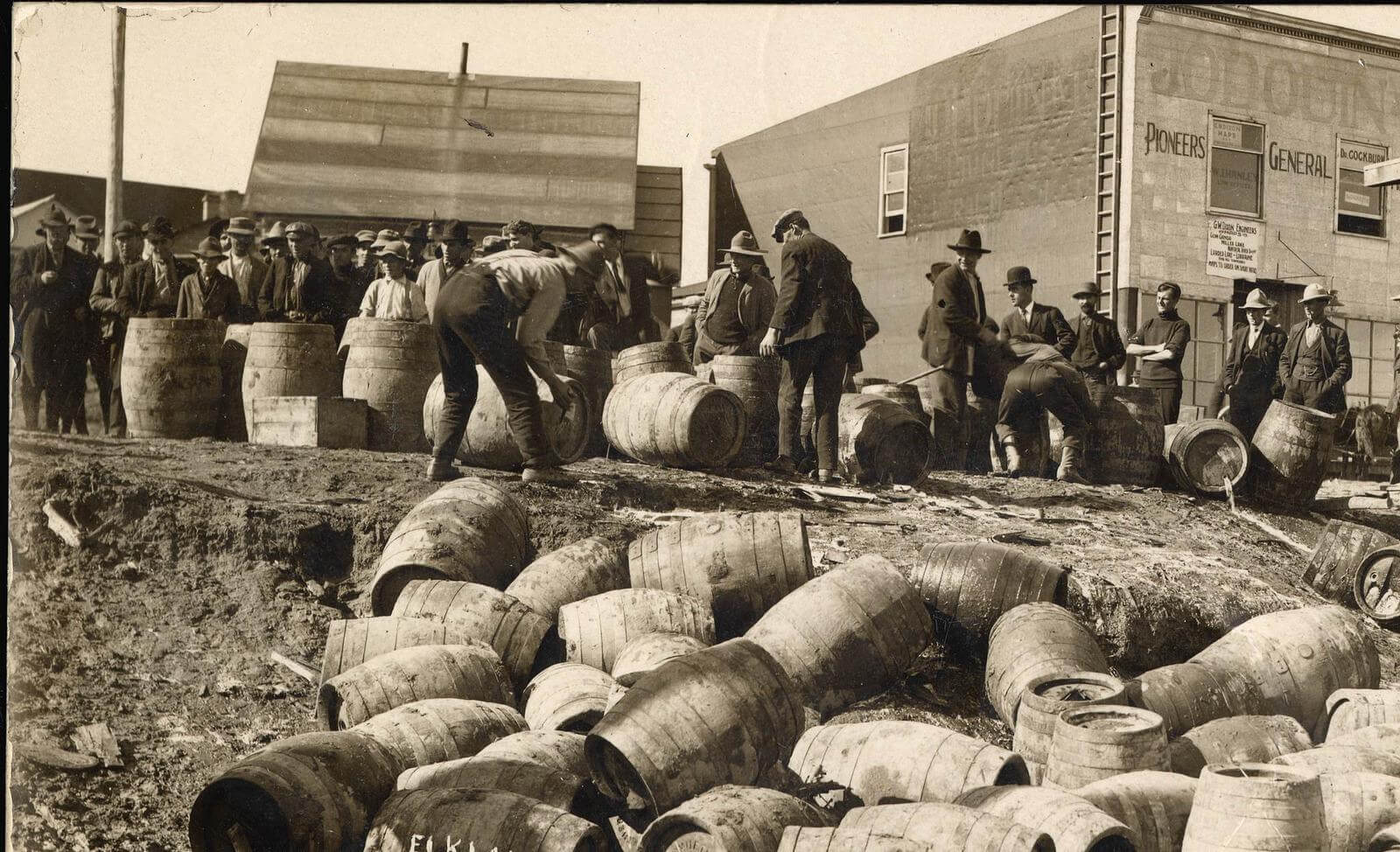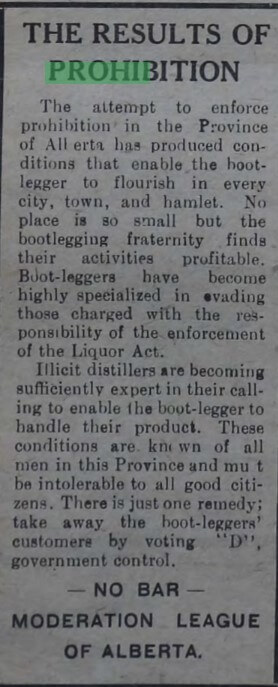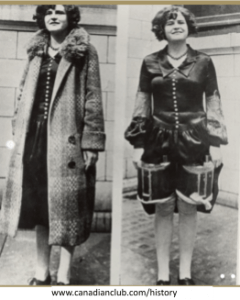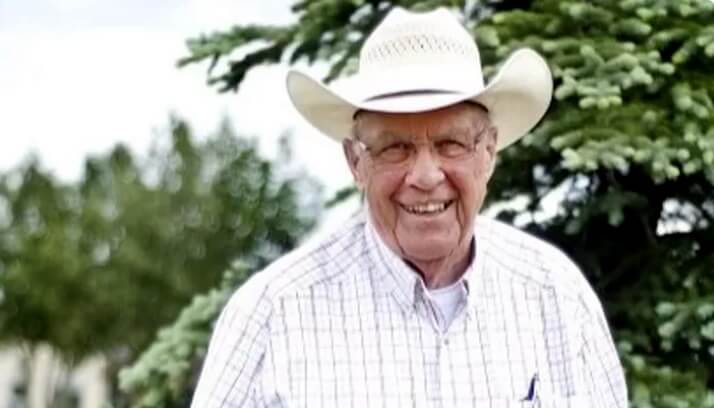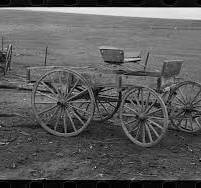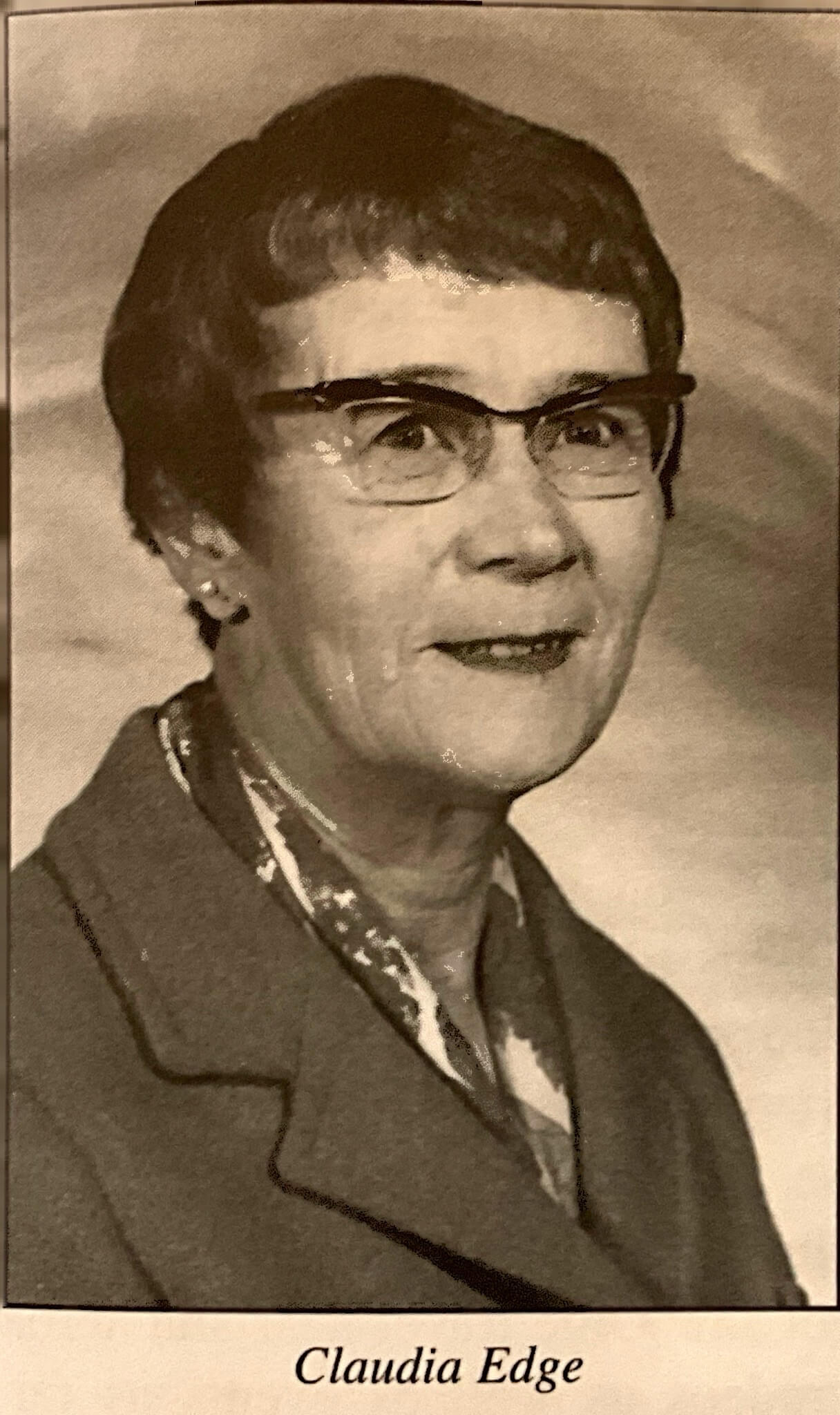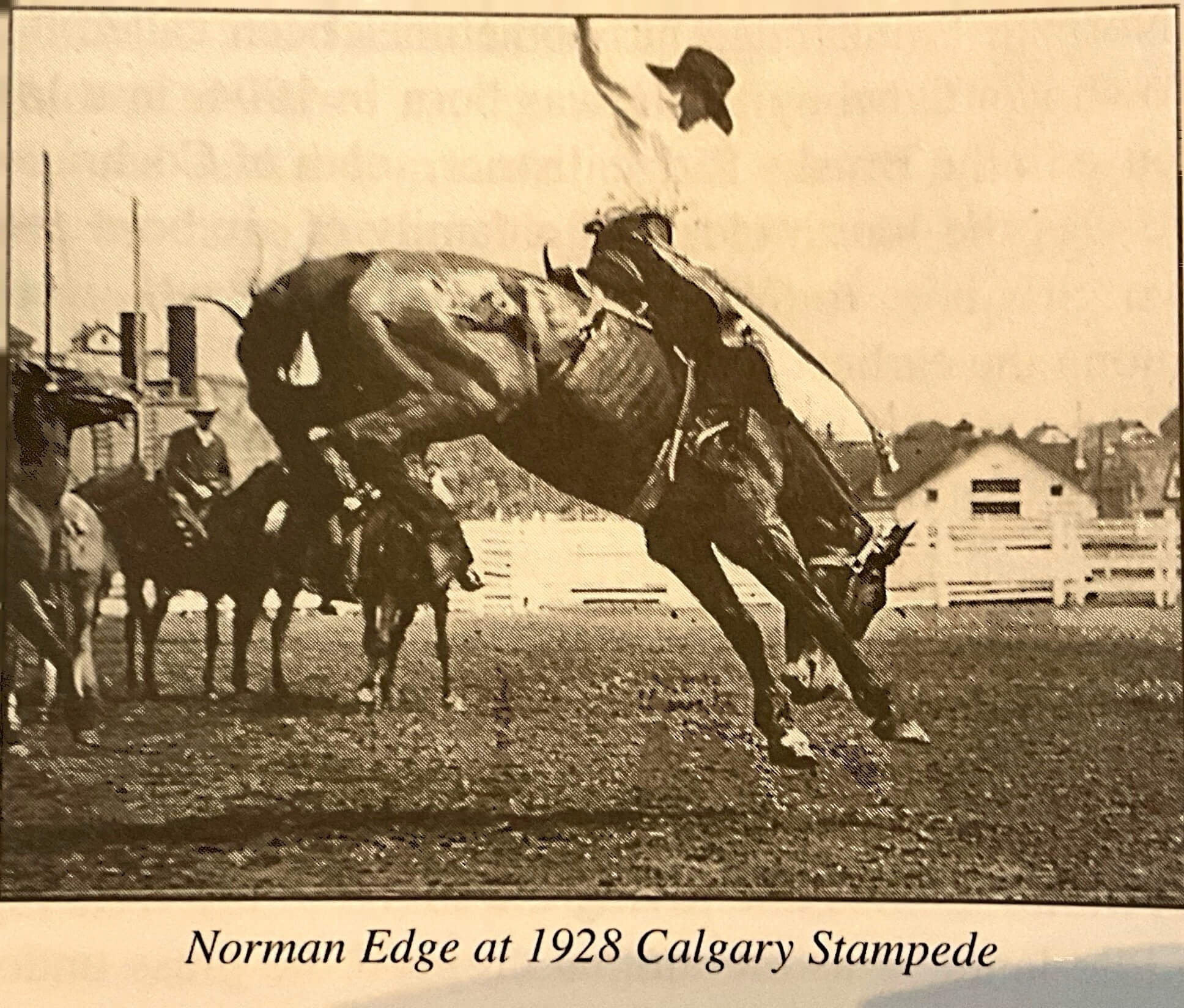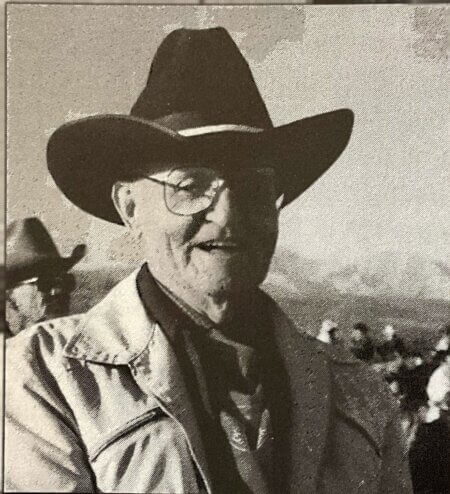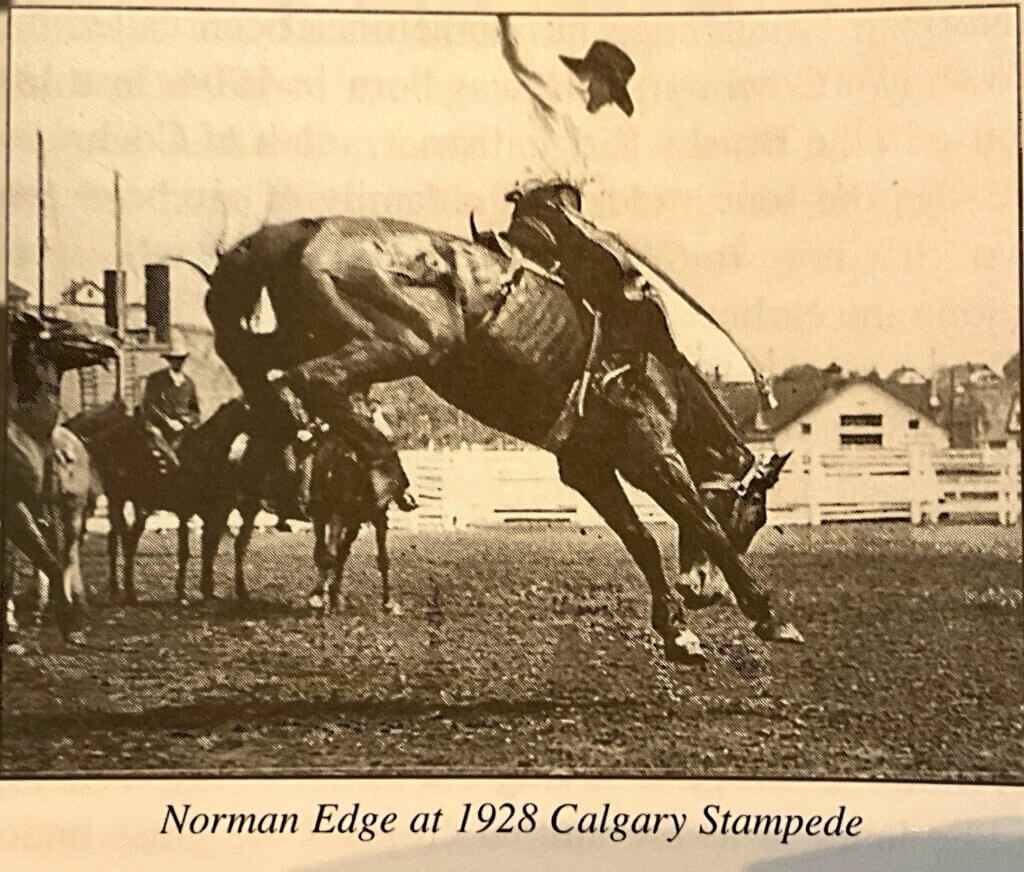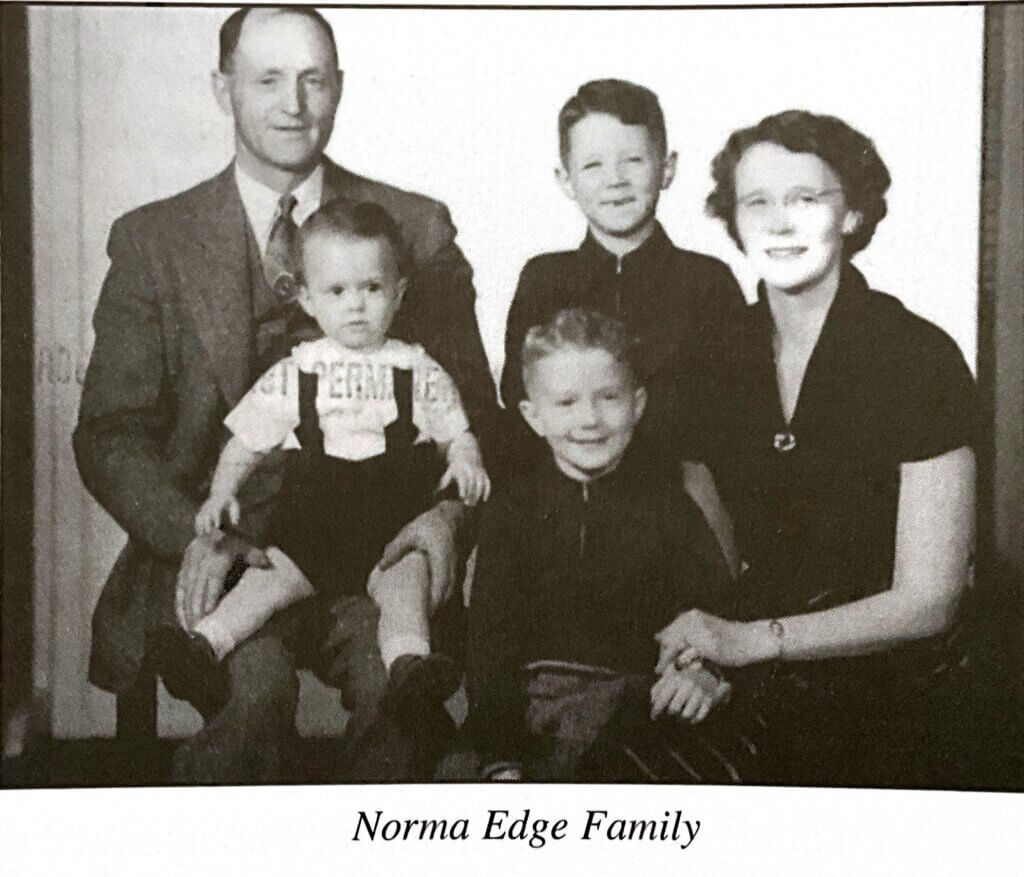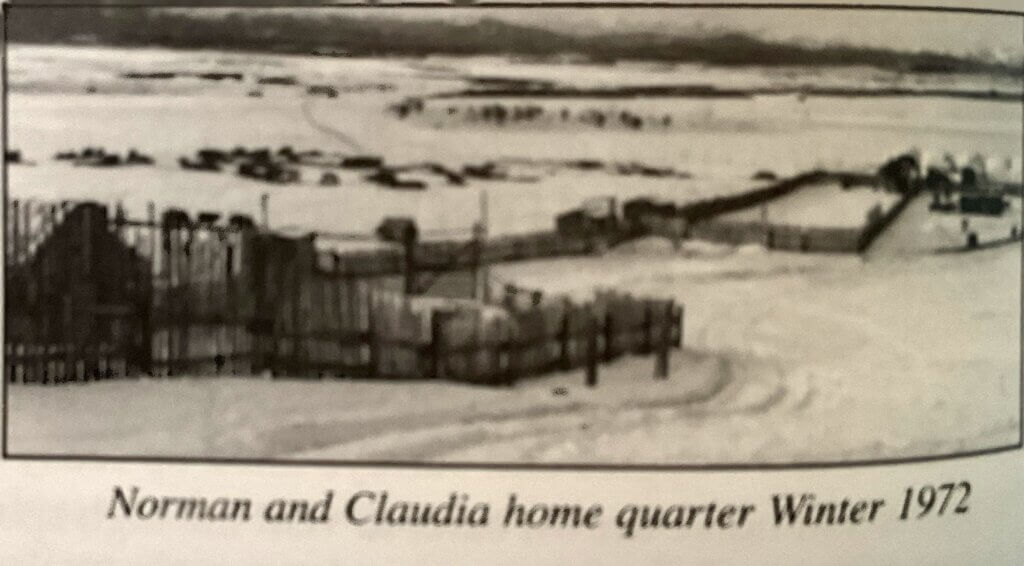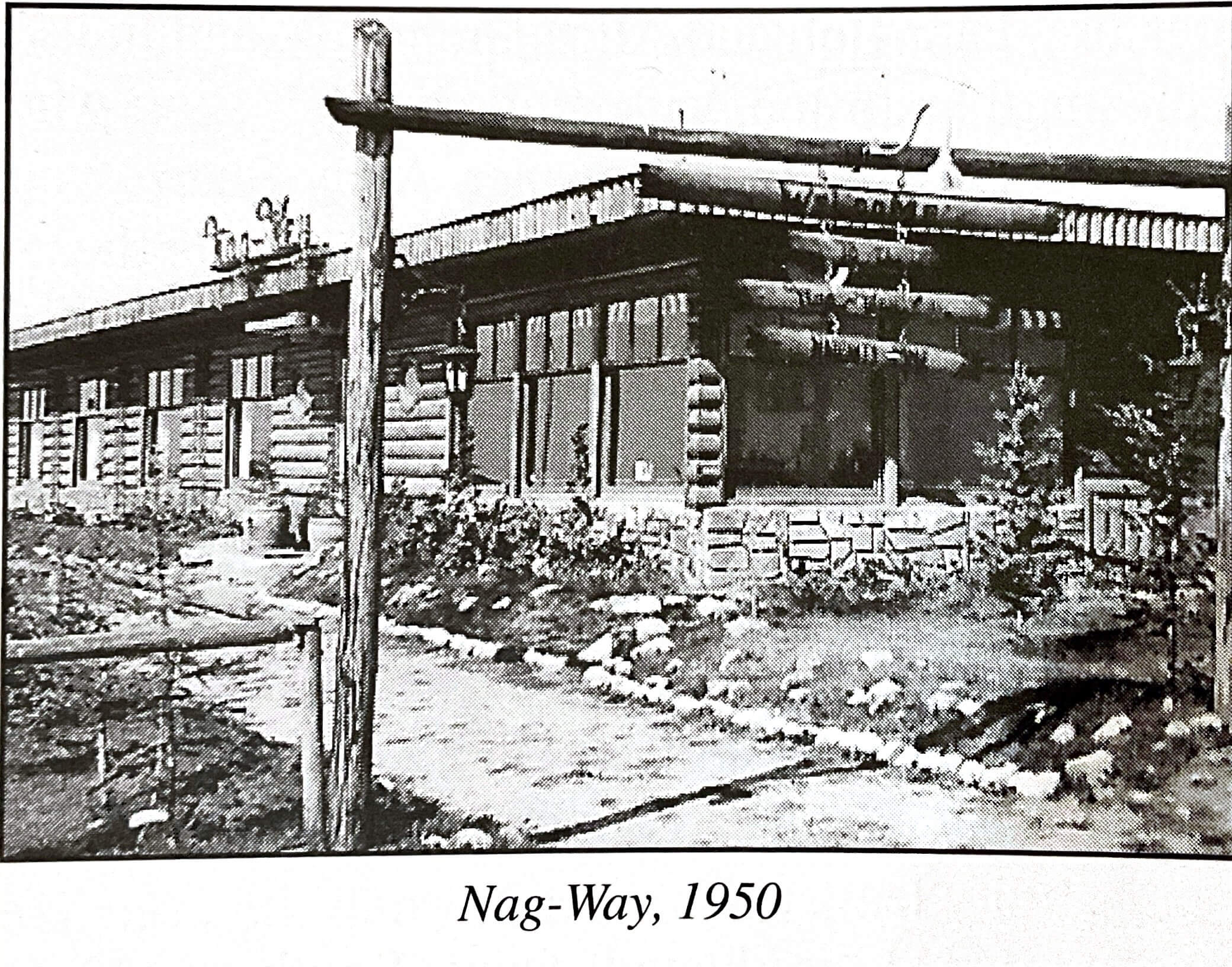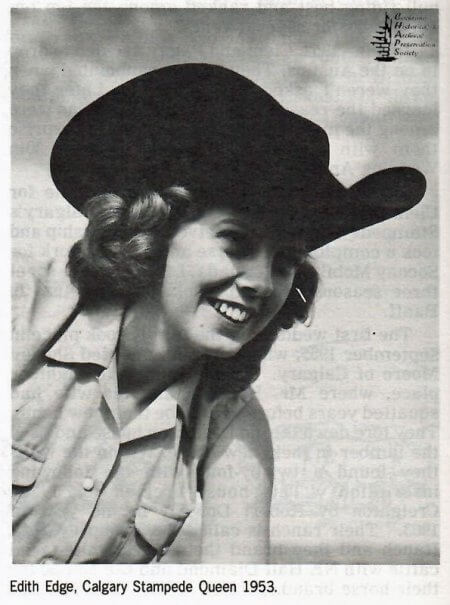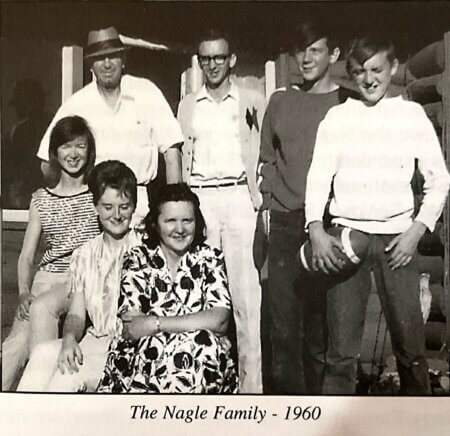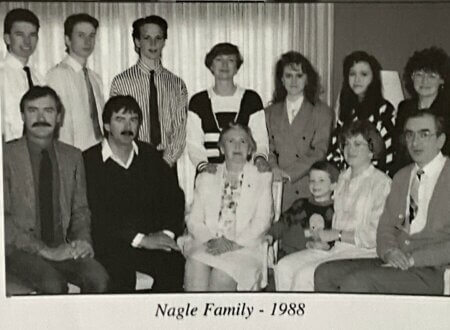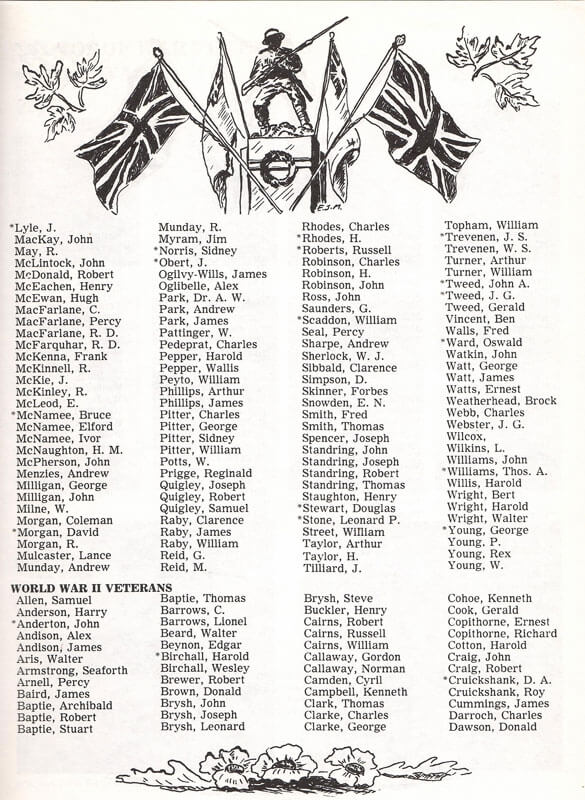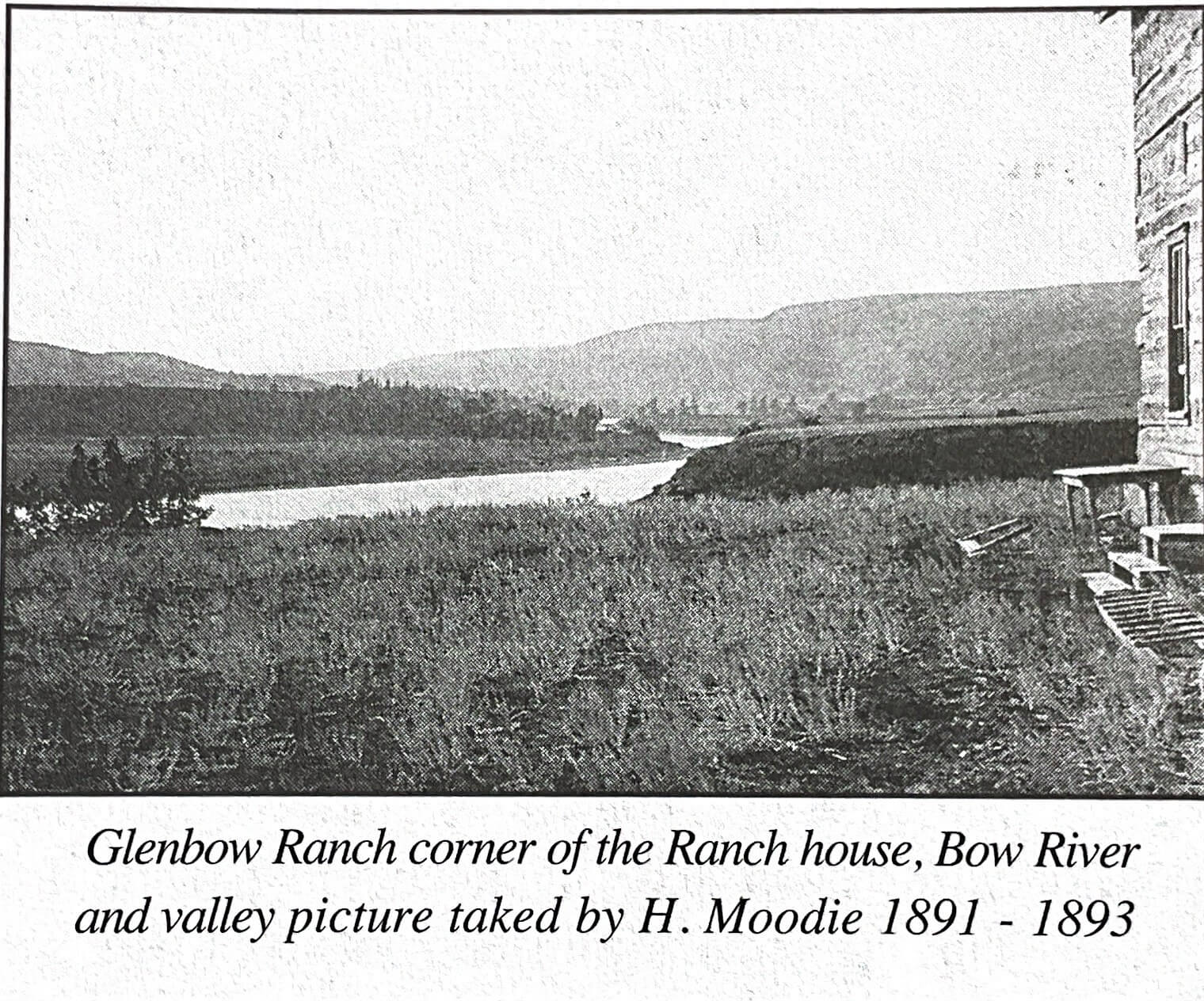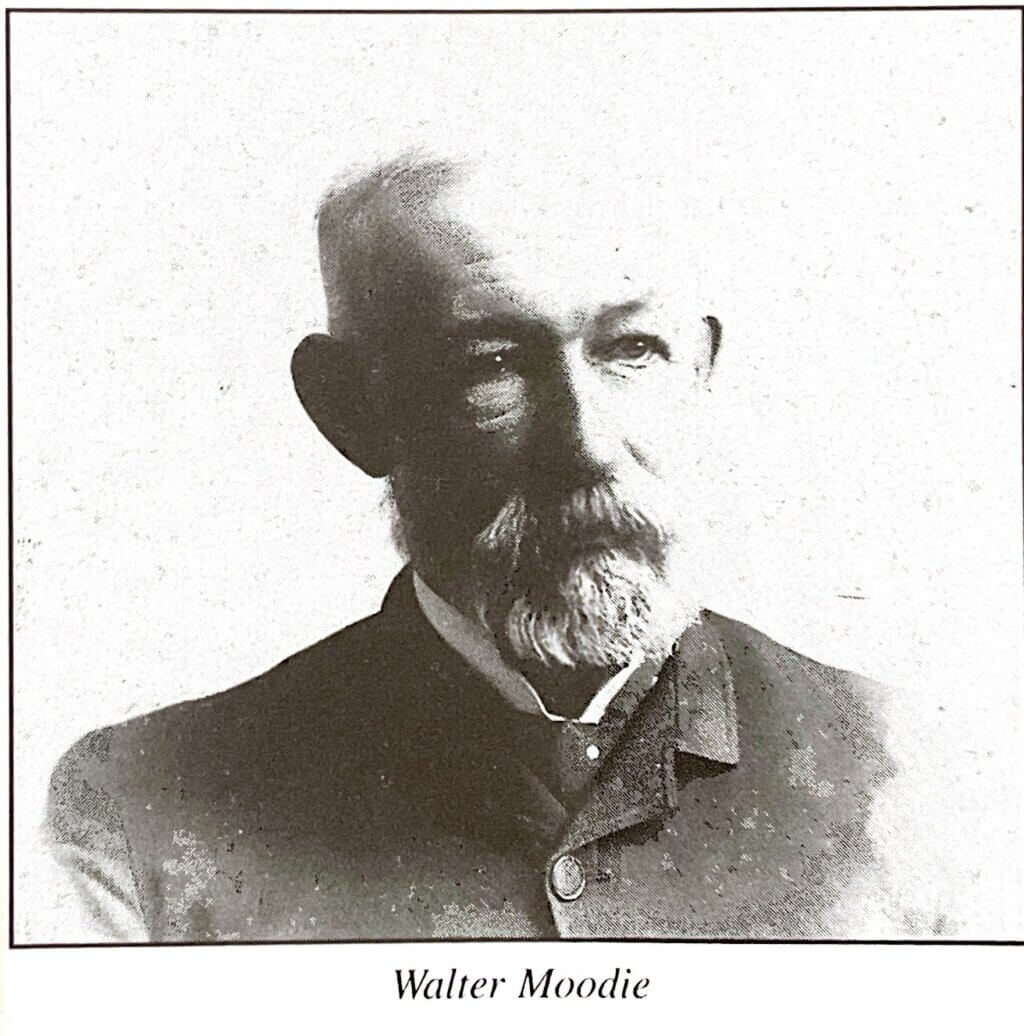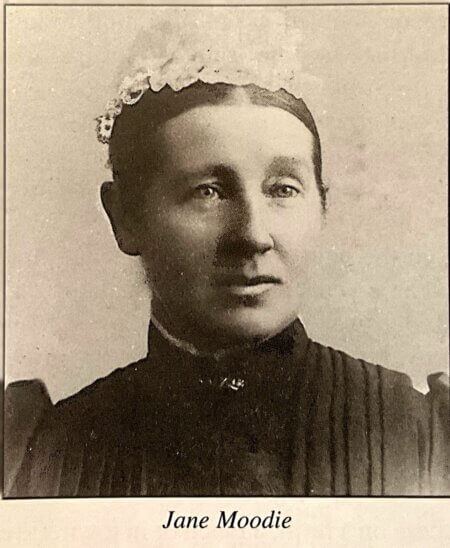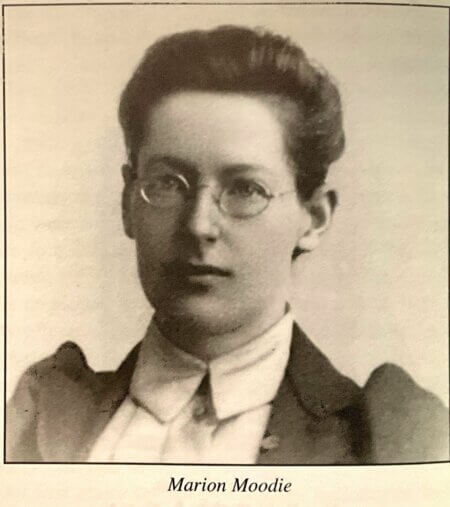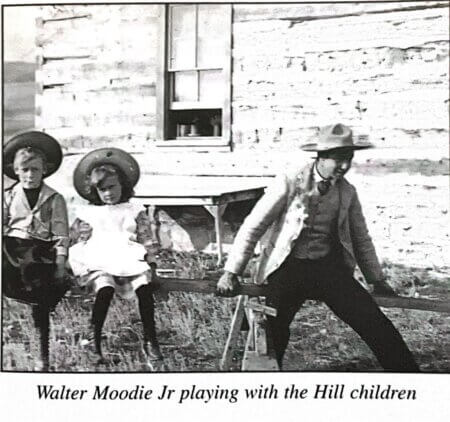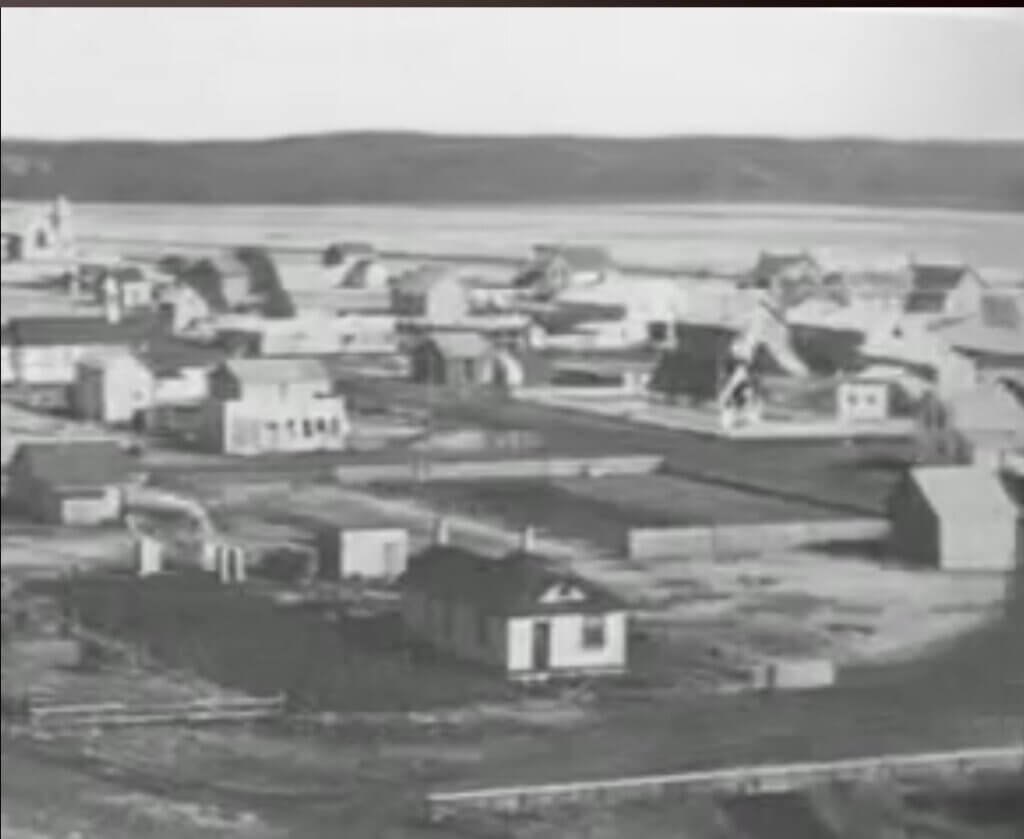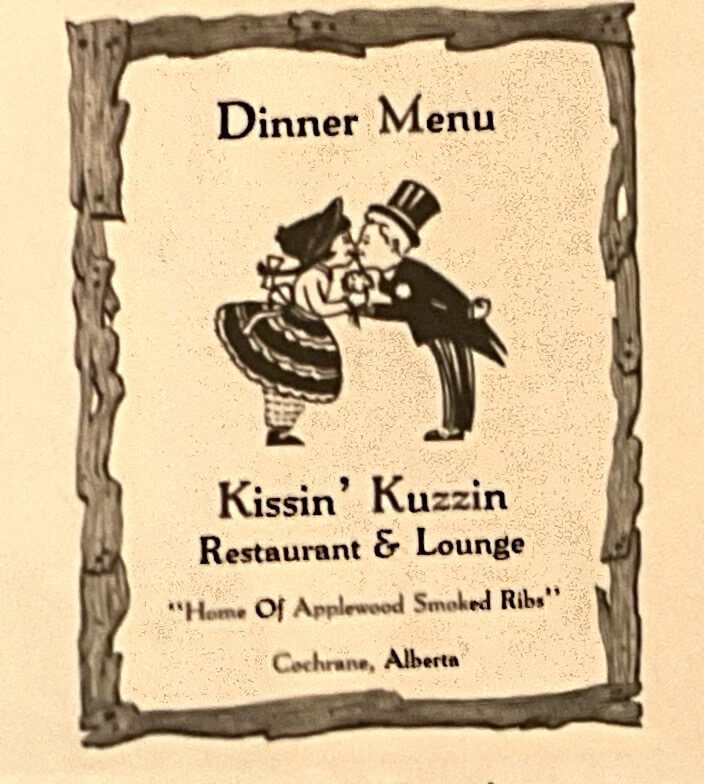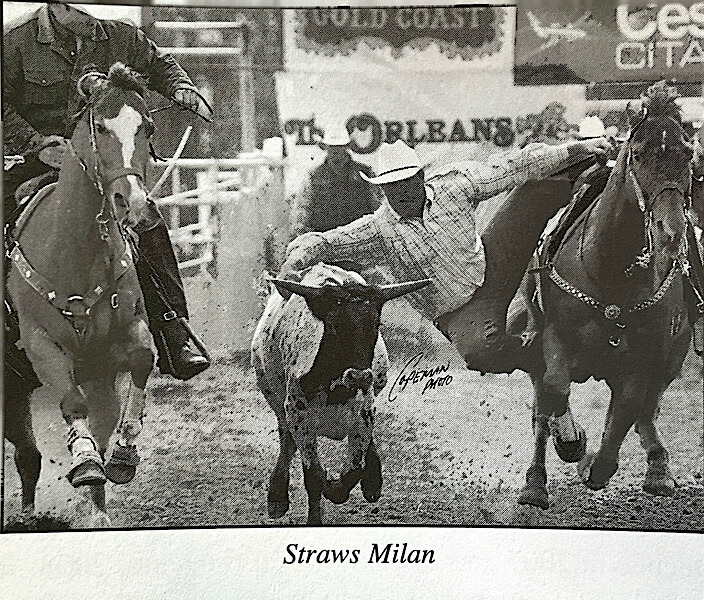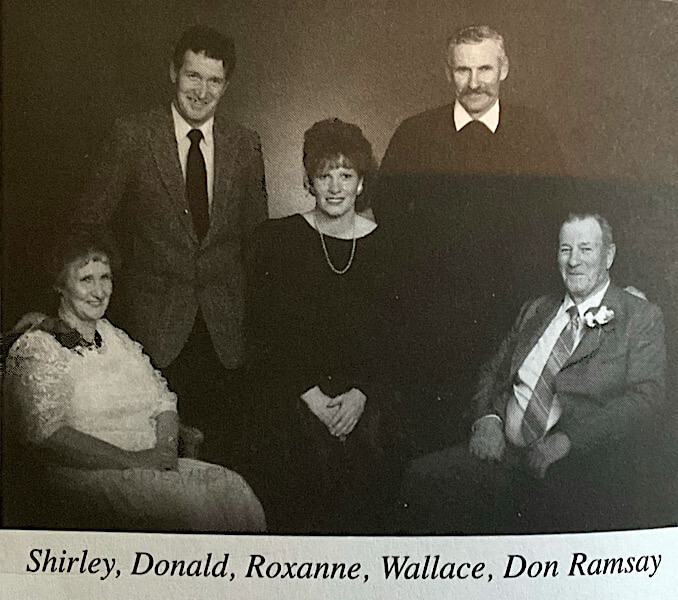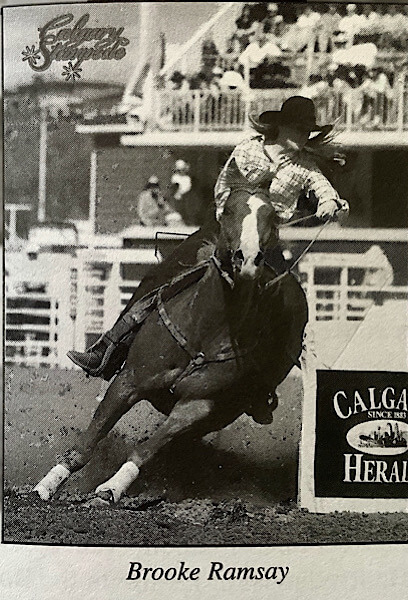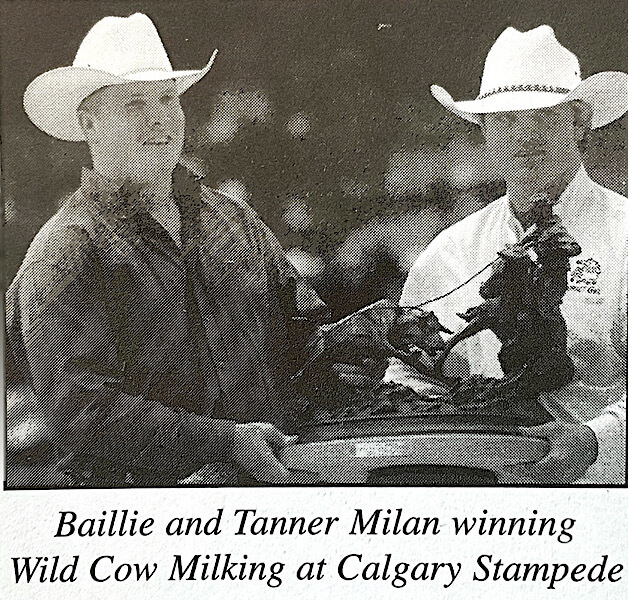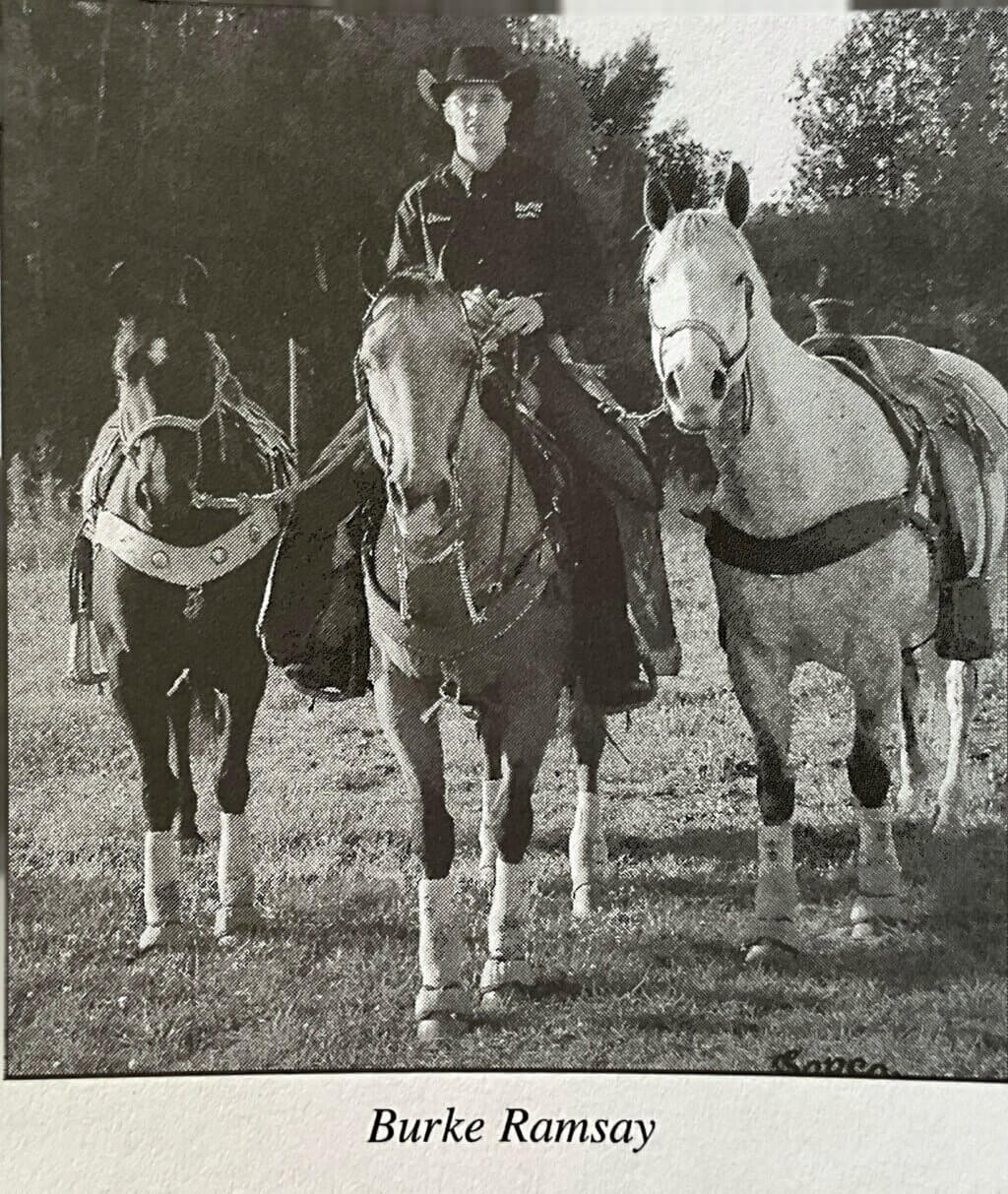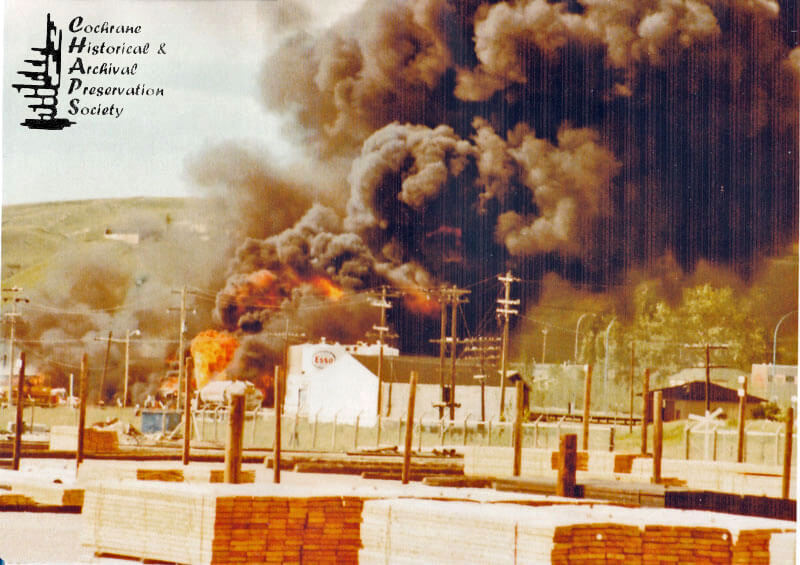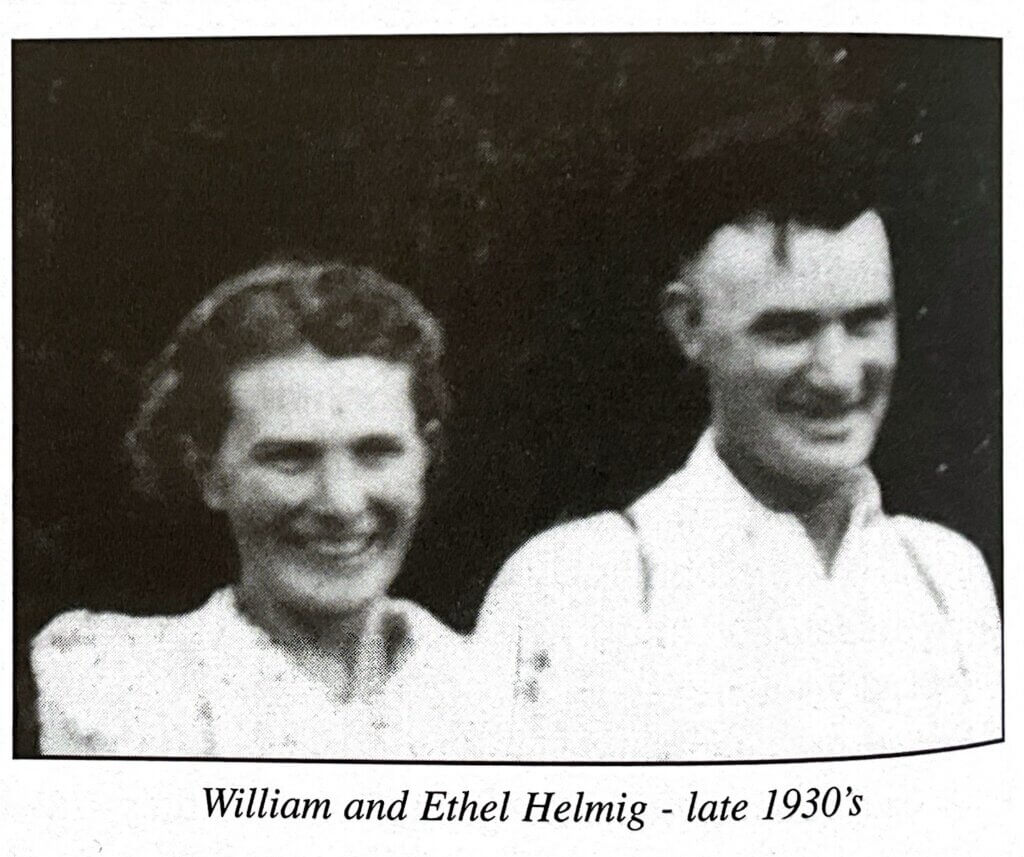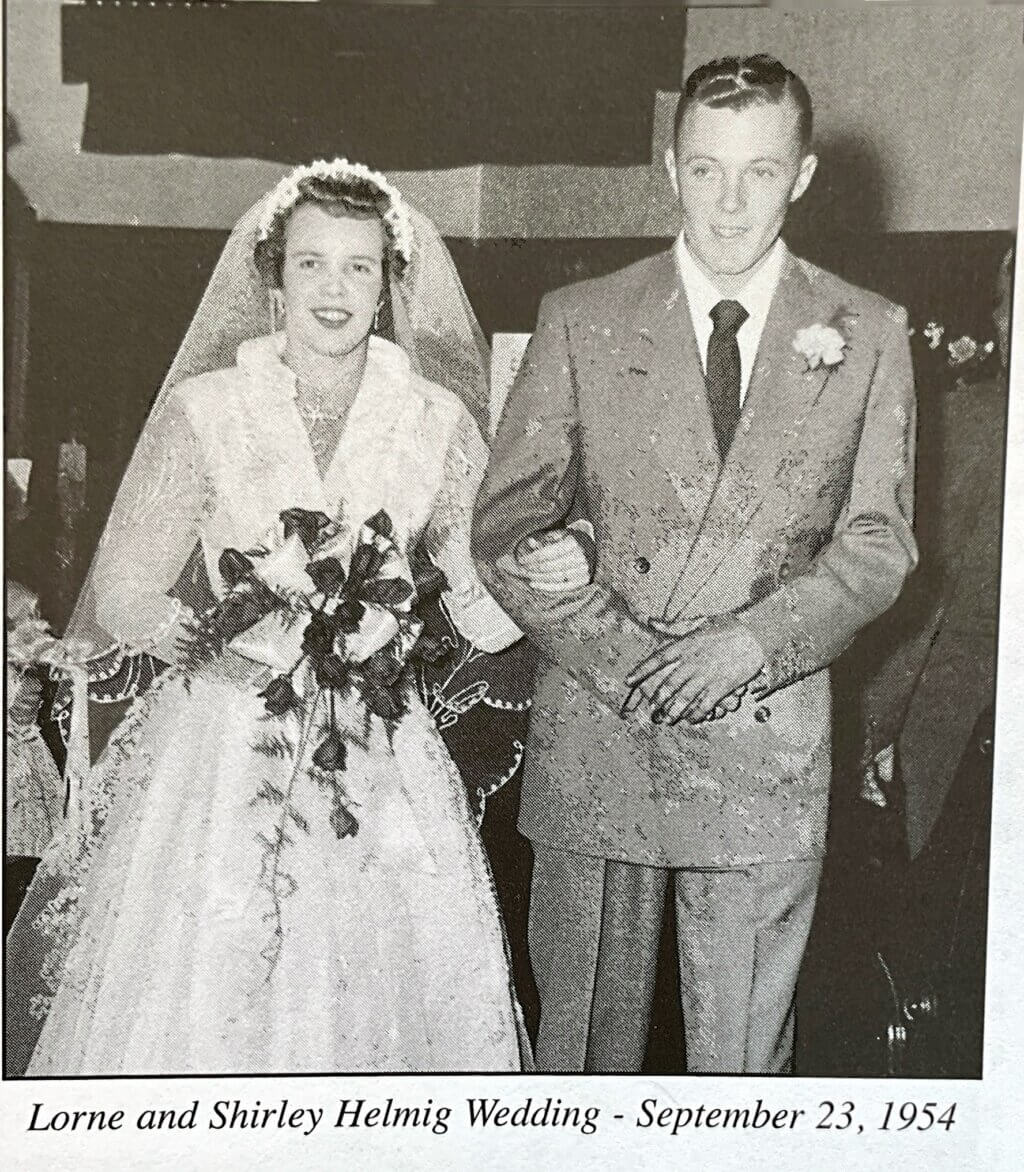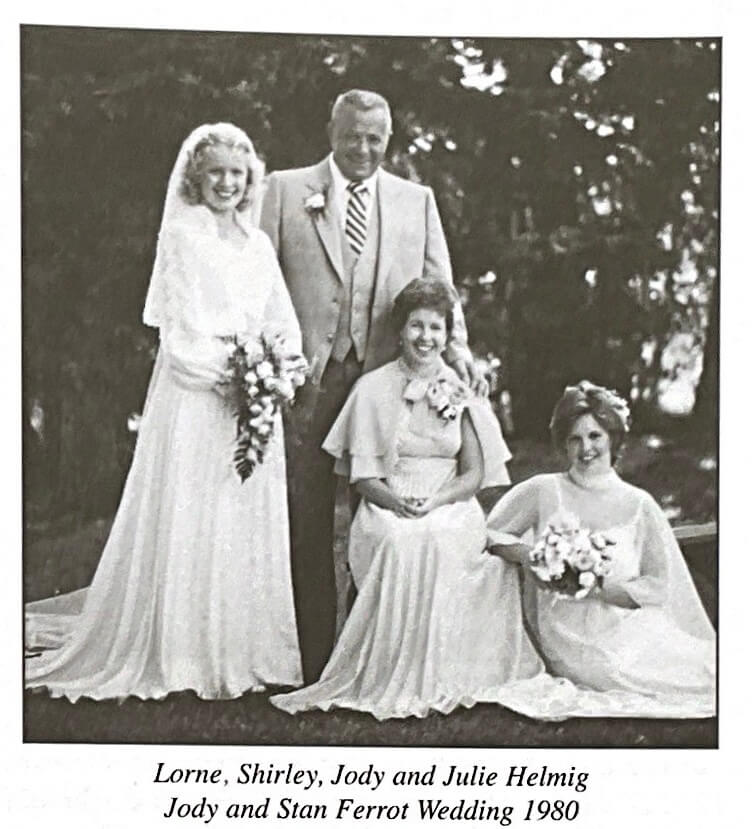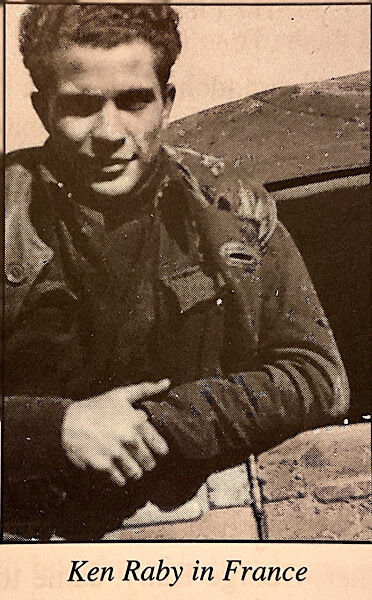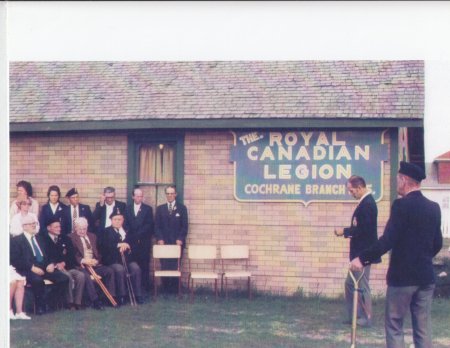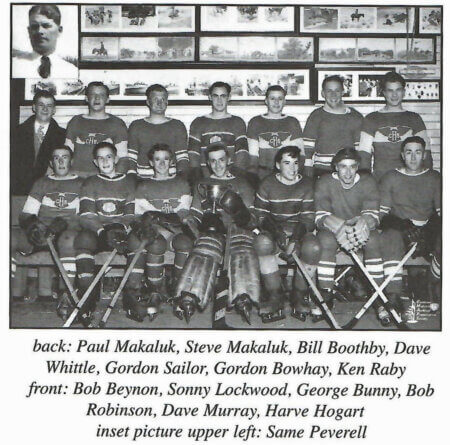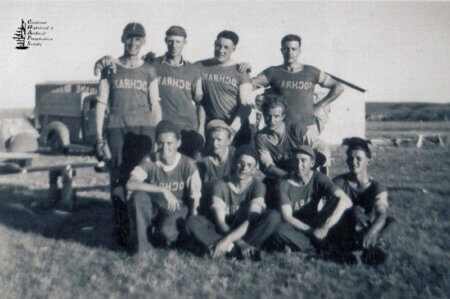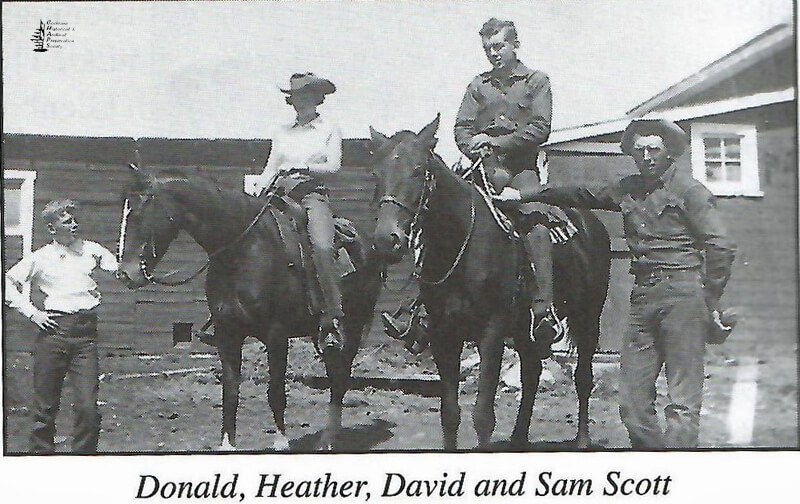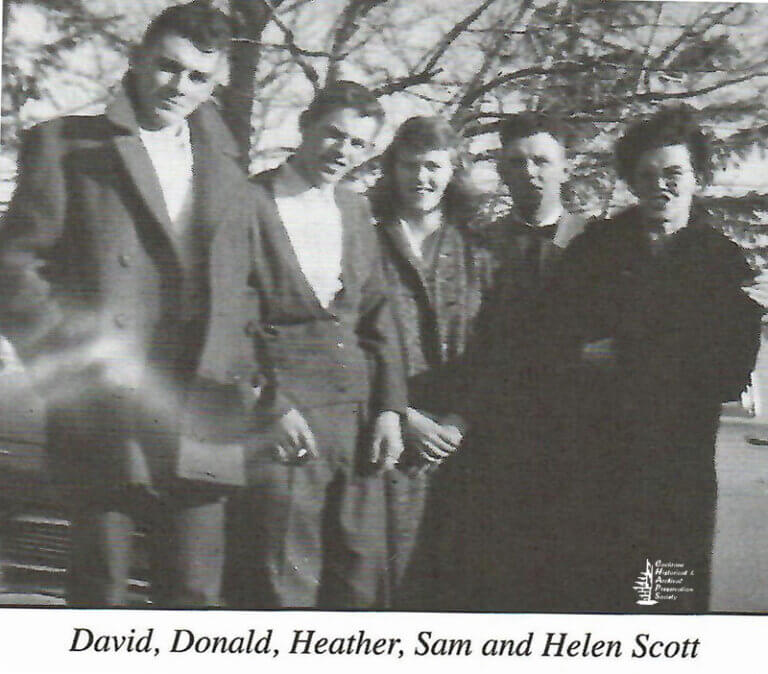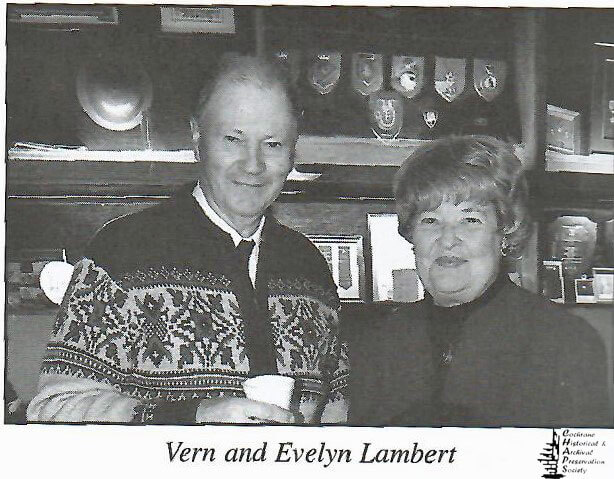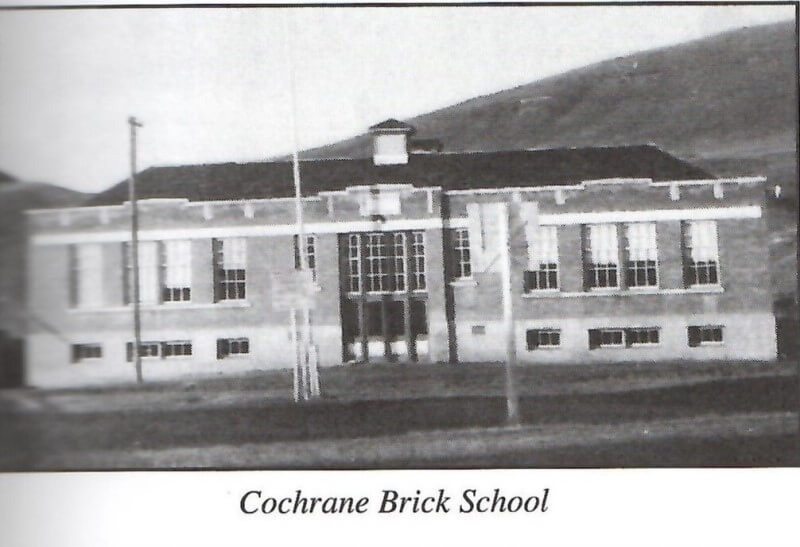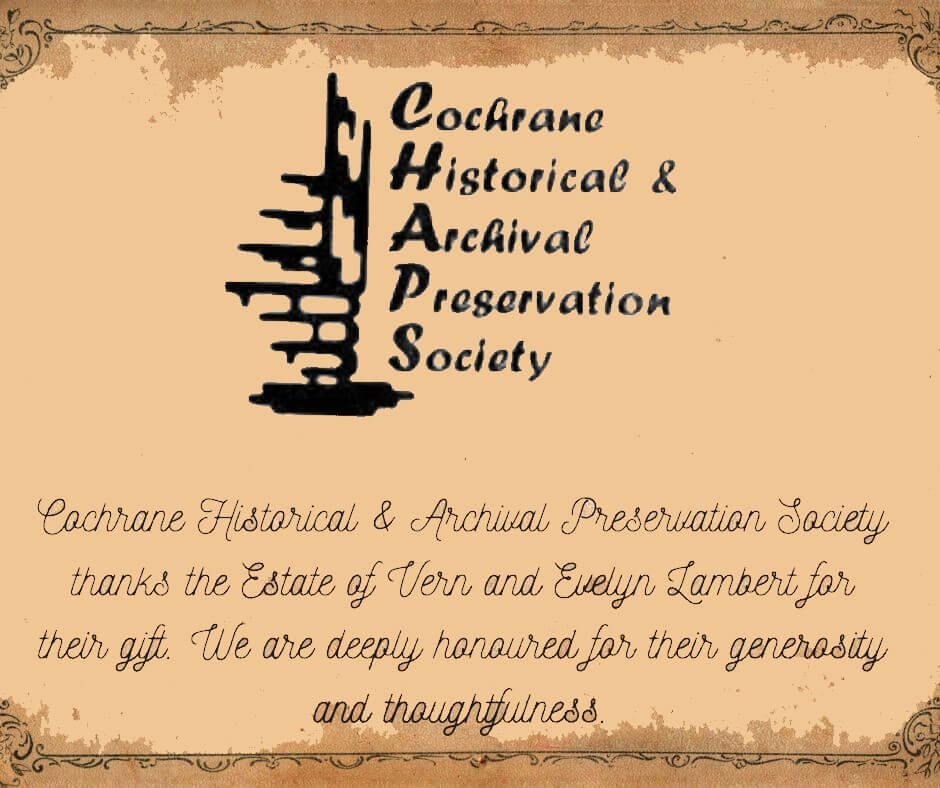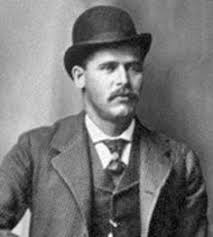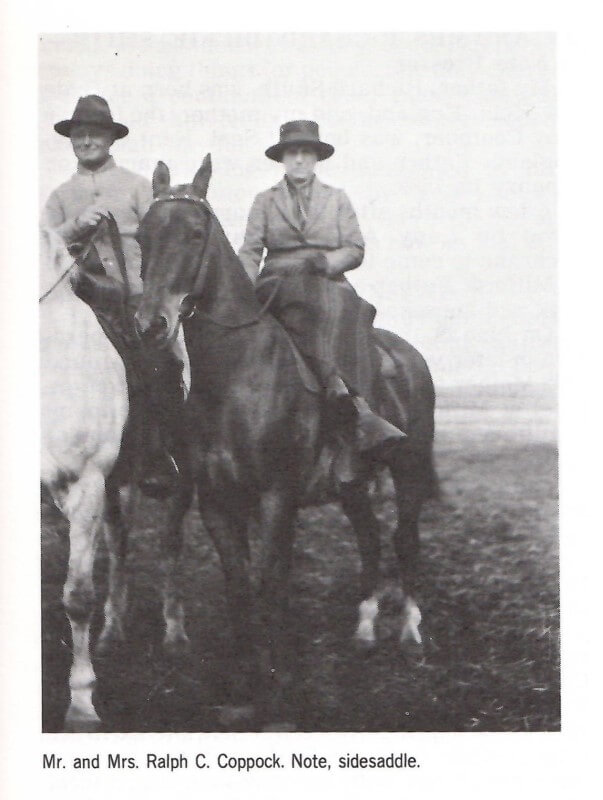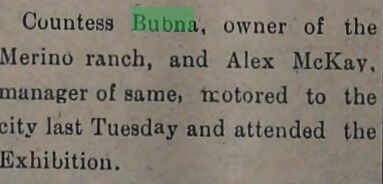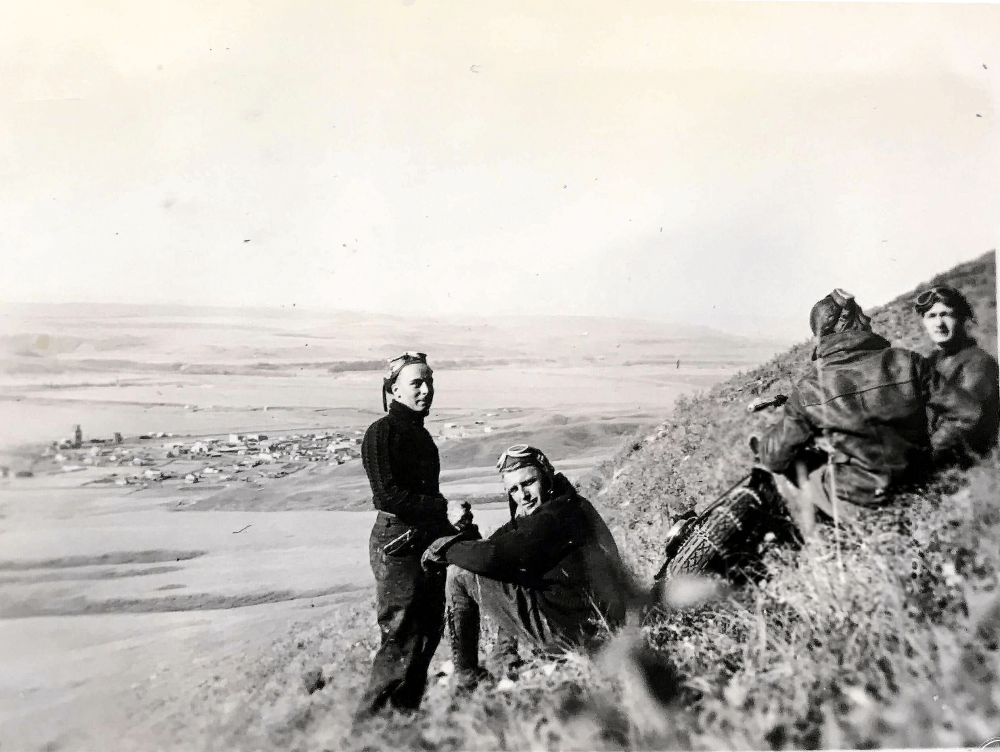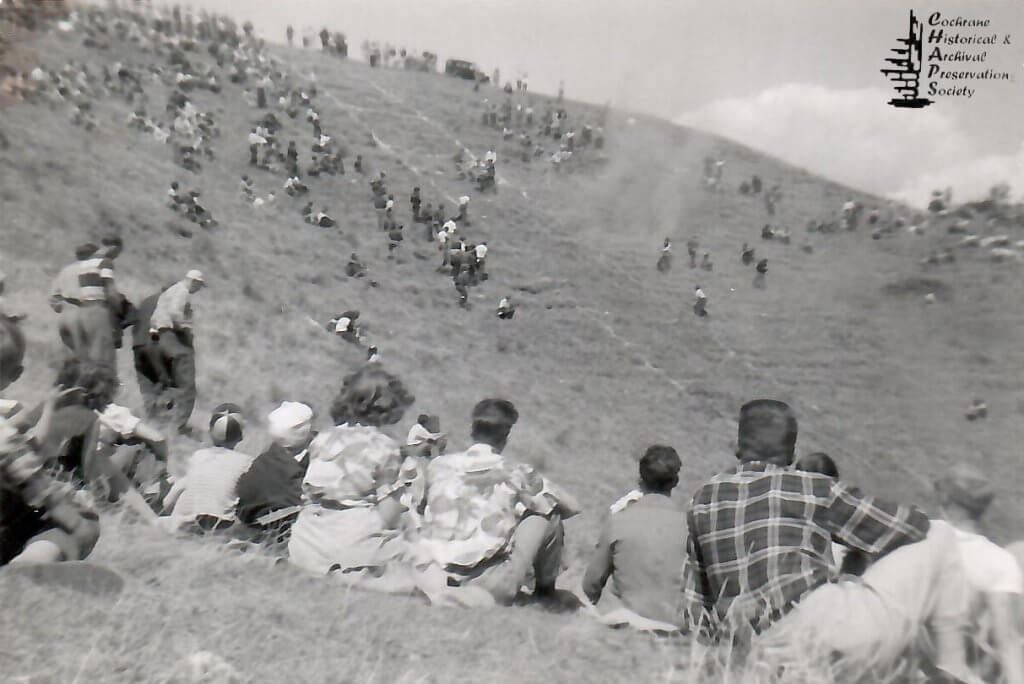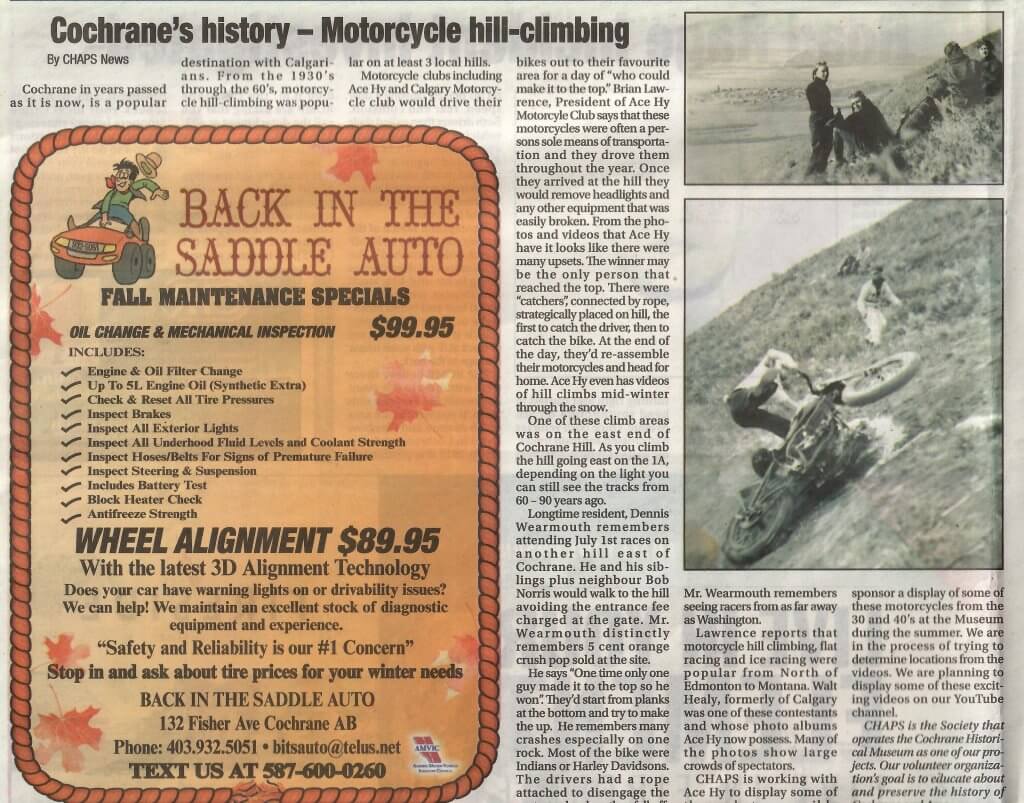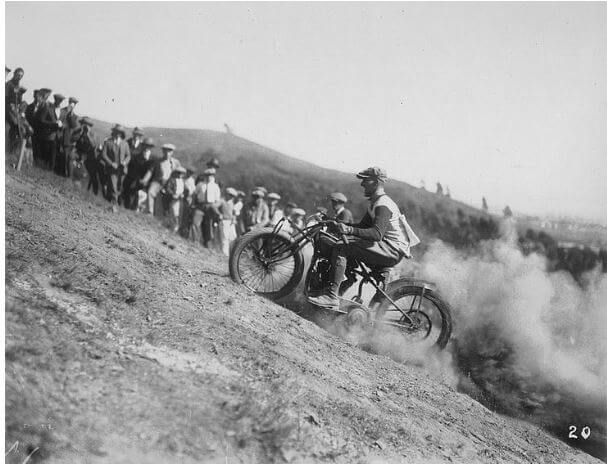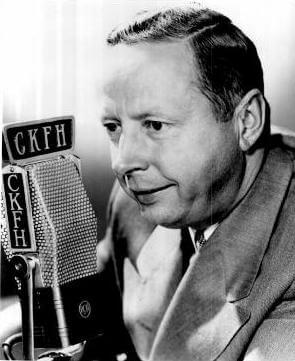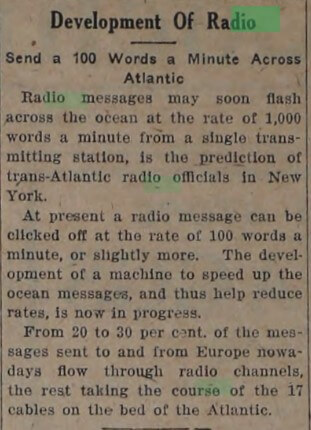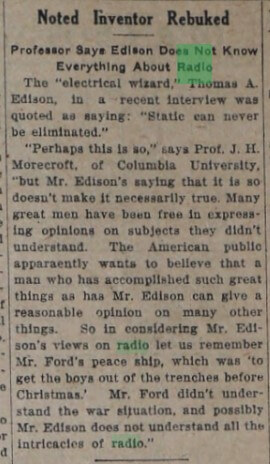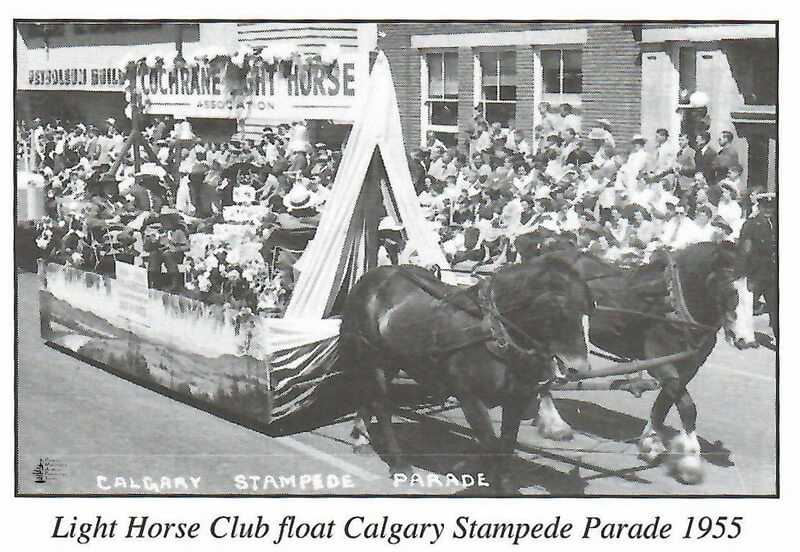by Marion Powlesland More Big Hill Country 2009 pg 178
An Address Presented on the Occasion of the Weedon Pioneer Community Association 25th Anniversary Commemorating the Years 1950 – 1975 Location of the First Hall, NE Sec 22 Twp 27 Rge 4
W5M November 19, 1949, was the first meeting to organize a community club in the Weedon District. (The Weedon School District No. 1947 was established March 11, 1908, and the school site was 10 miles north of Cochrane. The district was named by J. Kenneth Hammond after his home village in England.) Mr. Fred Adams acted as chairman, with a great deal of help from Cyril Britton. Much discussion on procuring the land and the Old Weedon School (closed June, 1943) for a community hall took place. Cards were played and lunch was served. The following made up the executive:
Mrs. R. Adams President
Mrs. Mary Bansemer
Secretary Directors: Mr. Karl Sammons Inglis
Mr. George Sheriff Cochrane Lakes
Mrs. H. Perkins Horse Creek
Mr. George Webb Weedon
Mr. George Webb Janitor
With the help of all these people and the community at large, along with Mr. W. H. Webb, Bill and Harry Webb an agreement for sale was drawn up and the Weedon School, located in the extreme NE Sec 22 Twp 27 Rge 4 WSM was sold to the community for $300.00.
During this time the directors and community decided to name the organization “Weedon Pioneer Community Association” and on February 23, 1950 the community hall was registered.
Many donations were made to the Weedon Pioneer Community Association in order to buy the school and on July 3, 1950 the Calgary School Division received their cheque for $300 .00.
In 1950 an agreement was made with Mr. W. H. Webb to lease his land upon which the school was located (2.02 acres) for ten years with the rent being $1.00 per year. This carried on until 1960, leased again until 1964, when it was decided to sell the Weedon School and the outbuildings to Heritage Park, Calgary.
Many activities took place in the hall in the form of card parties, showers, farewell parties and many enjoyable Christmas parties. Gas lamps and coal oil lamps were the order of the day at this time, along with coal and wood stoves. At one time a ton of coal was raffled and tickets were sold for 25¢ each.
The first insurance policy was taken out February 17 1951 for a premium of $27.25.
Membership was $1.00 and admission for dances was set at Gents 75¢ and Ladies 50¢ and any lady bringing lunch was admitted free. Card parties were 35¢ and children 16 years and under were free. One particular dance was recorded to have been a huge success with the music and lunch supplies costing $24.84 and still making a profit of $26.95. The music was supplied by Dorothy Arndt, Dorothy Dombroski and Mr. Anderson.
December 23, 1950 a Christmas party was held and 50 bags of candy and nuts were made up. Supplies were purchased at a cost of $23.70. Incidentally, the order: 16 pounds of mixed candy, 14 pounds of mixed nuts, two boxes of oranges, one box of apples, decorations, one pound of coffee, two pounds of cocoa and five pounds of sugar.
In the ensuring years, many renovations took place such as painting and improvements. In 1954 the subject of electricity came to great discussion, but ended with Mrs. Rickey Adams purchasing another gas lamp instead.
Means of making monies for the hall was difficult. The ladies catered farm sales for Ms. Angus Wiesman, Mr. Dave Holstein, Mrs. Peppard and others. This always being a fun time, though working hard and hearing the local gossip, everyone enjoyed it.
In 1957, the cost of living was on the rise, so with a unanimous vote it was decided to raise the price of admission to Gents $1.00 and Ladies 50¢. Coal was donated to the hall and a new stove too.
Many activities were held in the hall through these years, our Christmas parties being a highlight each year. Long will we remember George Webb and his School Bus Choir and his wonderful singing of “Let Me Call You Sweetheart” and also the sisters, Mrs. Wes Wilson and Mrs. C. Bristow, singing “Star of the East”. All the children playing piano, accordion or reciting and putting on plays, one group putting on a play “Look Out Liz”.
Lunch was always served at Christmas parties, showers, dances, etc. Coffee was always cooked in a large copper boiler on a coal and wood stove. A large apple box held the coffee cups and the men passed these on to the crowd. Cream and sugar were served, also sandwiches and cake. While Mum and Dad danced, small children slept on the kitchen table and benches until it was time to go home. Floor manager for the dances and calling the square dances was Mr. Fred Adams.
February 26, 1964 was perhaps a sad day for many when a meeting was called to discuss the selling of the Weedon Hall and out buildings. Mr. Red Cathcart of the Glenbow Foundation spoke about Heritage Park and the preservation of old buildings built prior to 1914. At this time, he offered $1,000.00 for the purchase of the hall. A special meeting was called where Mr. Bill Pratt spoke about Heritage Park. Much discussion ensued. The decision was made to sell the hall for $1 ,000 .00 and all contents to be held and stored by the Association. The saga of the first Weedon Hall was coming to a sad end, but everyone was pleased to know it would be well cared for in the new Heritage Park in Calgary. Many fond memories are expressed when folks visit this building. They feel proud to visit it anytime at the Park.
Now it was time (1964) to replace our Old Weedon Hall with a new one, so with the kind help of George Webb, the Beaver Dam School was located and we were able to purchase the building for a cost of $300.00. Beaver Dam School District No. 1056 was established on July 8, 1904. It was named by the first school organizers after the Beaver Dam Creek, which loops around the school from the North West. The school was 1.5 miles south of Madden, or 14 miles -west and one mile south of Crossfield. The school was moved at a cost of $400 .00 plus $20 .00 for moving the telephone and power lines. A new location for the hall had been found and we received permission from the Rocky View Municipality No. 44 to exchange the old
Cochrane Lakes School grounds (Cochrane Lake School District No. 1947, 1909. The school, 6 miles north of Cochrane, was named after the adjacent string of lakes) with Stan and Barbara Wilson for the present site, NE Sec 34 Twp 26 Rge 4 W5M, near the junction of highway 22 and the Weedon Trail; receiving the land title from the Wilson’s. Costs included lawyer fees of $43.00, transfer fees of $18.00, and lumber and footings for the basement of $93.76. Difficulties were encountered with getting someone to put in the basement; consequently the basement filled with water and it cost $10.00 to have it pumped out.
In 1965 the Cochrane Lakes Snow Plough Club disbanded and they donated the balance of their funds to the hall. We also received a Recreational Grant from the Alberta Government for $800.00 so in 1966 we were finally able to hire someone to put in the basement. The cost of material was $544.42 and the labour amounted to $713 .50 plus many volunteer hours of work donated by several people in the community. A further cost of $200.00 put the building on the basement and many more hours of work by volunteers.
We finally were able to have a grand opening of the hall on February 10, 1967. With the kind help of donations and Calgary Power we were fortunate in having the electricity for the opening, the installation costing $390.00. That was some difference to having gas and coal oil lamps in our old Weedon Hall! District folks donated chairs, tables, dishes, etc. to help with the hall. In 1967 Centennial Year, the Westbrook 4-H Beef Club gave the hall a face-lift with a fresh coat of paint. In October the basement floor was poured and the ladies served the men a potluck dinner.
December 2, 1967 a farewell party for Mr. and Mrs. George Sherriff was held; they had sold their farm and moved to Cochrane. Everyone of course was saddened to see them leave as they had helped so much in the establishment of our original hall. That winter it was decided to have our “first” New Years Party. It met with such success it has been carried on ever since. In the spring of 1969 our first Spring Tea was held in conjunction with the Lochend Ladies Club. A raffle for a side of beef with tickets at 50¢ each, this has continued with much success. This past year we were honoured to have bronze bookends donated and made by Malcolm McKenzie and again this year a bronze horse and rider.
In 1972 the Lochend School was sold and the sum of $300.00 was donated to the Association for improvements. (Lochend School District No. 2732 was established in 1912 and derived its name from the same source as the post office and church. The road from Calgary to the centre of the district became known as the “Lochend Road”.) At this time I may mention the Lochend Ladies have donated benches, dishes etc. to the hall and the board has been most grateful.
Each year there have been numerous dances, bingos, farewell parties, showers, anniversary parties, family gatherings, films, upholstery courses, fabric sales, 4-H and now the Cochrane & District Historical group uses the hall for their meetings. Dances now cost $6 .00 per couple and orchestra costs are $100.00 or more.
Propane heat was installed in the hall but now we are progressing one step further with natural gas heat to be installed this summer.
Since 1949, when the first meetings were held and we received our hall charter, there have been many changes. Water still has to be brought to the hall, out houses still have to be used, but from gas and coal oil lights, coal and wood and a dirt floor in the basement, we have progressed very favourably to a better hall with electricity, gas and a new addition to be built with the help of a Government grant. An Auction Sale to be held June 14, 1986 to raise additional funds. Without the kind help of many, many people making generous donations for the purchase of the hall and power and all construction work of the past, it would have been impossible to have our 25th Anniversary of the hall.
Since the 25th Anniversary celebrations in 1975, many more achievements have been reached by the Weedon Pioneer Community Association.
In the late 1970s a new addition was added on the east side of the hall, all construction was done with volunteer help. John Grimstead donated the excavating of the basement and Bert Powlesland donated the hardwood floor. All interior and exterior work was done with volunteers.
A water well was drilled by Floyd Thompson and a sewer system installed and the hall plumbed. A kitchen was built and a new gas stove bought to replace the electric stove. A furnace was installed. Washrooms were added to the hall.
A lovely old piano was donated by Mrs. Gladys Baptie, for which the community was very thankful.
In 1978 a play school was organized. Many children attended and their most loved teacher was “Miss Wendy”, Wendy Butters.
